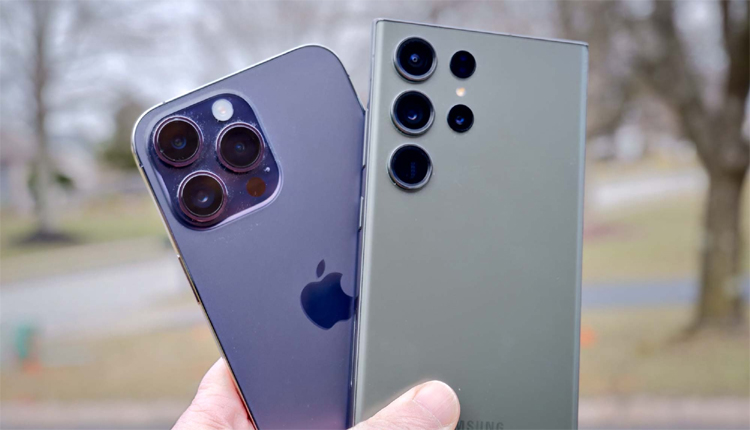iPhone versus Android: Weighing smartphone cameras These differences are more than just megapixels or camera lenses; they also impact price, quality, user experience, etc. This is an easy-to-follow overview so that you can understand the basic differences between iPhone and Android phone cameras and decide which type of phone will give you the best image quality.
Lens-Processed Photos in iPhone Camera
The image processing system is one of the significant strengths of the iPhone camera. After taking a photo, the camera automatically refines color, brightness, detail, and balance to produce a natural, realistic image on the iPhone. This results in a photo that appears not excessively processed or fake but reproduces accurate colors and input details.
Android Camera — Capture Sharper and More Luminous Images
For example, over-sharpening and over-brightening are standard features of many Android phones (think Samsung, Vivo, Xiaomi, etc.), where the camera software automatically processes a picture right out of the camera. This may preserve the photo’s aesthetics, but if the camera is lower-priced, it may lead to a very unrealistic-looking photo.
Stability of Frame 40 vs. P60 Features on Android
iPhone: Addiction — The iPhone is the best for recording videos; they are stable and very professional. Combined with the Cinematic Mode, 4K recording, and high-quality audio capture, it’s the ideal smartphone for vloggers and content creators who want a reliable workhorse camera for superior video quality.
Android: Top-tier Android devices like the Galaxy S series and Google Pixel also provide great video recording, although the stability and consistency may not be as good as on iPhones. Although the video quality is nice, iPhones often provide a more consistent experience with stability, too.
Camera App and User Interface
iPhone: The camera app on the iPhone is clean, simple, and responsive. You can take photos or videos without fussing with many settings. The entire experience is designed to be intuitive, enabling capture of the moment.
Google will be covering — In Android, camera apps are entirely different from one brand to another. Many phones have many options, but the UI is often more complex, especially on mid to low-range devices. There are many options, but adapting to the app might take a little more time, especially for first-timers.
Low light comparison: Night Mode vs HDR
Deep Fusion on the iPhone: iPhone Night Mode typically captures natural-looking photos with solid detail. Details are sharp yet balanced — perfect for low-light settings.
Android: Some Android phones, like the Google Pixel and Samsung models, do Night Mode well. Budget Android phones have also been known to suffer in low light, although this is often down to simply giving a low-light image extra brightness rather than achieving the image detail and clarity.
Conclusion
The decision between iPhone and Android concerns your preference, use, and budget. Android phones are capable of more variety and, in some cases, will deliver sharper, more vibrant pictures. At the same time, iPhones are more consistent, process natural images better, and capture more stable video. Whether you choose an iPhone or an Android device, they have something for everyone regarding photography.



Comments are closed.